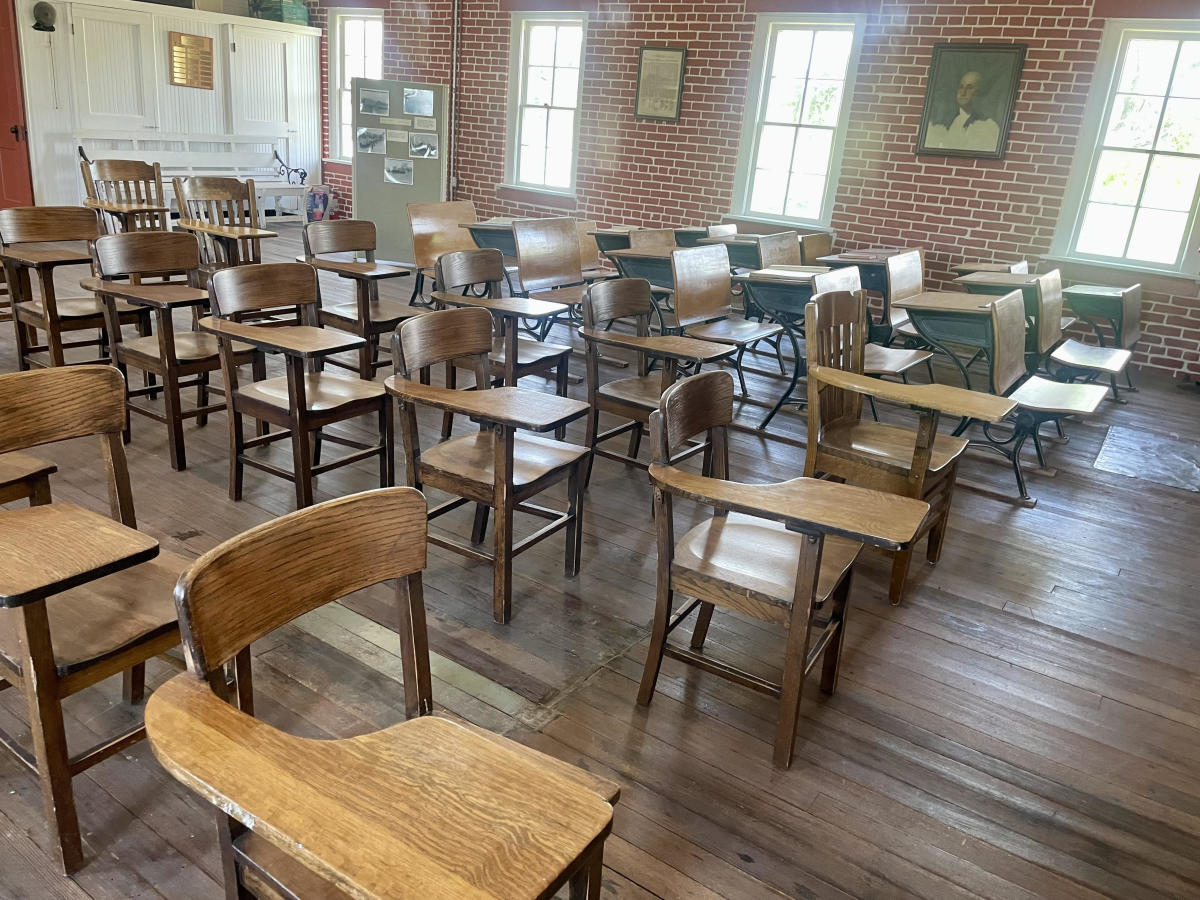Trump’s Second Term: A Chance to Address Indian Boarding School Abuses
President-elect Trump has an opportunity to confront the painful history of Indian boarding schools and their lasting impact on Native communities
Indian Boarding Schools, Trump Administration, Native American History, Carlisle School, Jim Thorpe, Cultural Legacy
Jim Thorpe, Pennsylvania: Recently, President Biden announced plans to turn the former Carlisle Indian Industrial School into a national monument. But it’s the incoming Trump Administration that will manage this new site. That’s a bit concerning, considering how the last Trump Administration shrank national monuments, including Bears Ears in Utah, which was created with input from Native nations.
The first Trump Administration didn’t seem too keen on preserving Native lands or history. Now, President-elect Trump has a chance to help Americans understand the harsh realities of one of the most abusive policies against Native Americans. This was highlighted in a recent report from the Interior Department about Indian boarding schools.
As someone whose family has ties to a Carlisle School survivor, I appreciate Biden’s efforts to acknowledge this painful history. But I worry that the new Trump Administration might not prioritize educating people about the true history of these boarding schools, even if they don’t delay the monument’s establishment.
To see the impact of misrepresenting Native history, just look at Jim Thorpe’s gravesite. It’s named after the famous athlete who attended Carlisle, but he never actually lived there. His remains ended up in this town due to some unfortunate events after his death.
When you visit his memorial, it’s hard to miss how it glosses over the darker parts of his time at Carlisle. The memorial talks about Richard Henry Pratt, the school’s founder, as if he had good intentions, despite his infamous quote about “killing the Indian in him.”
It claims that many Native kids dreamed of going to Carlisle, but the truth is that many were forcibly taken from their families. The government even reported that nearly 1,000 children died at these schools.
I’m concerned that the Trump Administration might try to sugarcoat the history of Carlisle and the boarding schools, just like the memorial does. There’s a precedent for this; during the last days of his presidency, Trump pushed for a “patriotic education” curriculum that ignored the boarding schools and other harmful actions against Native Americans.
The memorial ends with a statement about Carlisle having a place in the hearts of Americans. Sadly, most people don’t even know about the boarding schools or the atrocities that occurred there.
The Carlisle National Monument could be a turning point in changing this narrative. Let’s hope the new Trump Administration has the guts to tell the real story of what happened at Carlisle and other boarding schools, as well as the ongoing impact on Native communities today. That would be a truly patriotic move in recognizing our nation’s history.
Robert Maxim (Mashpee Wampanoag) is a Fellow at the Brookings Institution and a descendent of Lizetta (Lizette) “Tink” Pocknett, a survivor of the Carlisle Indian Industrial School.
Contact: Rob@nativenewsonline.net
